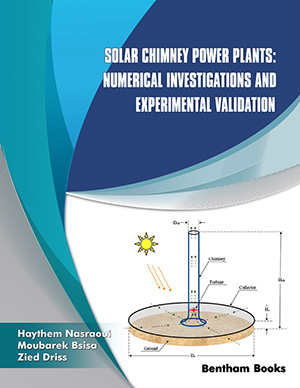Abstract
A wide range of new electrocatalytic nanomaterials are introduced from time
to time and are expected to continuously develop and advance the electrocatalytic
sensors for different molecules. This book chapter intends to cover the latest progress
and innovations in the field of metal-doped graphene (MDG) based electrocatalysts as
sensors. In addition to experimental studies, electrocatalytic sensor behavior of
bioactive molecules using theoretical studies has become one of the most rapidly
developing fields. It is readily evident that metals combined with graphene, doped with
single transition metal atom catalysts, and prepared as electrocatalytic sensors can be
employed to enhance some unique properties different from the properties of bulk
graphene. This book chapter encompasses preparation techniques of MDG materials as
sensors for the detection of H2, NO2, H2O2, CO, CO2, SO2, O2, and H2S from
experimental and theoretical perspectives. In this respect, we present a synthesis of
MDG based electrocatalysts and factors affecting sensors using both experimental and
theoretical studies. The most probable reason for the highest efficiency of some metals
doped graphene is described from the experimental and theoretical perspectives.
Finally, the conclusion describing challenges and future outlooks for the advancement
of MDG materials is also given.
Keywords: Bioactive molecules, Electrocatalyst, First principles, Metal doped graphene, Sensor.






















